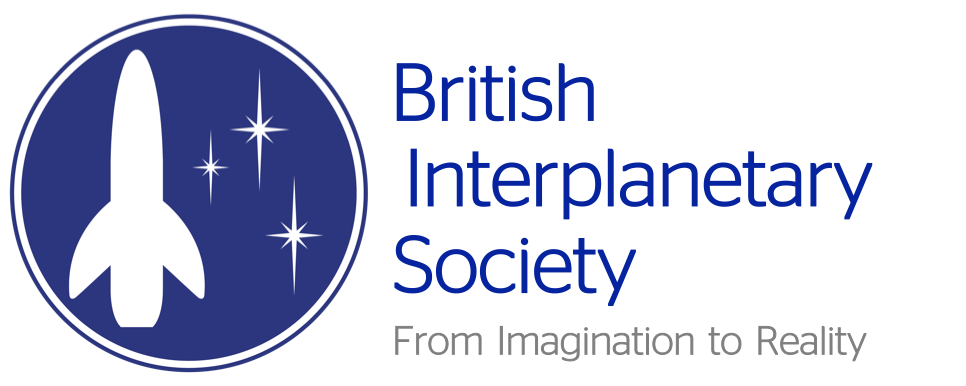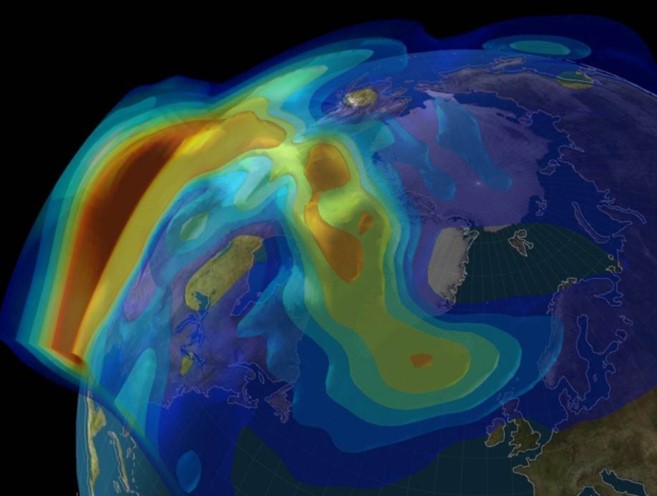SPACE WEATHER
Date/Time: Tuesday 8 March 2022, 1900 GMT (UK Time)
Venue/Media: In-person at BIS London and on-line on Crowdcast
*Note – This lecture will be delivered remotely and not directly from our HQ building in London. However you can still choose to register as ‘in-person’ to join us to as an audience member, where you can come the the HQ building to meet with us and other in-person attendees to watch together on screen in the lecture room and socialise after in the bar!
Speaker: Professor Cathryn Mitchell, Electronic & Electrical Engineering, Bath University
Space Weather is the weather of our space environment – solar-driven storms of radiation and magnetic fields that bombard our planet. This natural laboratory around the Earth allows us to explore dynamic physical processes of space weather and its effects are a threat to the operation of multiple electronic and electrical systems such as satellites and even our power grid.
Since the days of Sputnik, artificial satellites and spacecraft have always carried radio transmitters and these radio signals provide a ‘free’ radio resource to sense our environment. Cathryn was attracted to take up a career in space weather research because she was interested in the new field of radio tomography – the combination of multiple radio observations received from satellites to create ‘pictures’ or images of the space environment around Earth – the ionosphere. These ionosphere images reveal the mysterious, usually hidden, world all around us in the regions where our atmosphere meets space. They can help to explain long-distance radio propagation – why we can communicate with amateur radio today and yet we could not do so yesterday. They can tell us when and why our satnav signal is disrupted or less accurate. When the images are made into movies, they can show us how our planet reacts to the constant buffeting from the Sun through the solar wind and from solar storms.
Cathryn’s talk will introduce space weather, show the threats that are posed to our modern technology and discuss what is being done to protect us from the threat from a major solar storm.
Biography:
 Professor Cathryn Mitchell, M0IBG, has a physics degree and radio science PhD from University of Wales, Aberystwyth.
Professor Cathryn Mitchell, M0IBG, has a physics degree and radio science PhD from University of Wales, Aberystwyth.
Her PhD research pioneered the use of radio tomography to study the Earth’s ionosphere and won the Royal Astronomical Society Blackwell Prize in 1997.
As an Engineering and Physical Sciences Research Council Research Fellow (2003) and Challenging Engineering Award recipient (2006) she developed new algorithms for different four dimensional tomography systems and has successfully transferred new radio science technology from academia into UK industry.
In 2010 she was the lead scientific investigator on radio science fieldwork with the British Antarctic Survey in Antarctica, which included setting up equipment at Rothera, Halley, and remote deep field work at the Shackleton Mountains and at the US South Pole station.
Cathryn held a UK Natural Environmental Research Council (NERC) Knowledge Exchange Fellowship from 2016-2021. Her work in knowledge exchange for the UK NERC brings together academia, industry and amateur radio scientists to study and understand the propagation of radio signals through our near-Earth space environment: space-weather.
Her research was recognised by the 2019 Institute of Physics Edward Appleton Medal, the 2020 Royal Astronomical Chapman Medal and the 2020 British Interplanetary Society Arthur C Clarke Space Achievement Award (Academic).
Professor Mitchell is a radio science professor at University of Bath’s Department of Electronic and Electrical Engineering and is the Academic Director of the University of Bath Doctoral College.





